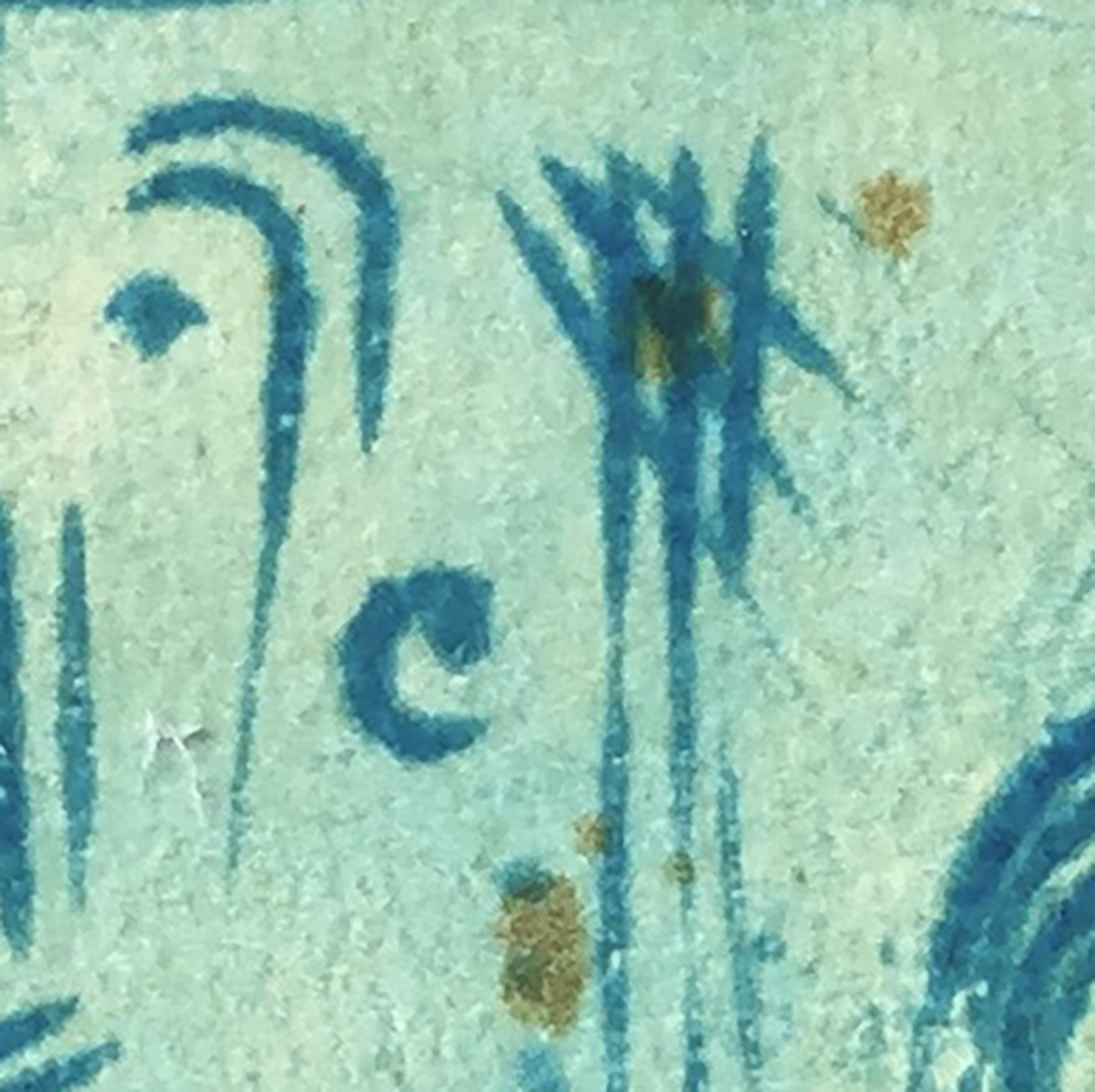
Valeria Gasparrini
Artist, illustrator
About
Valeria Gasparrini ( Rome, 1964), was formed thanks to a rich contribution of artistic and literary experiences: classical studies, research in ceramics, painting, fresco, engraving, drawing from life; attended the three-year course of illustration at the IED, and was trained in the graphic engraved at the Stamperia del Tevere , in Rome. Today she works as an artist, as an advertising illustrator and freelance editorial, as a teacher of drawing, visual and illustration at Quasar Design University, the Academy of Fine Arts of L'Aquila ABAQ, the American University in Rome AUR. He draws live in theatrical performances, and realizes performances with stage machines of various nature that builds and animates on stage. As an artist he has participated in personal and collective exhibitions, and passionately dedicates himself to the creation of artist’s books, combining his remarkable illustrative nature with the infinite expressive possibilities of engraving techniques.
He has exhibited in Rome, Milan, Bologna, Faenza, Venice, Paris, Luxembourg, Rothemburg. Some of his works are part of permanent exhibitions, such as the ceramic work "Rain" at the International Museum of ceramics in Faenza, the artist book "How many irreplaceable lives", exhibited at the national library of Luxembourg, and its printed version exhibited at the Casa della Memoria in Rome.
They wrote about here
Daniele Scalise, Loris Schermi, Francesca Tuscano, Michèle Wallenborn, Devin Kovach, Sarah Linford, Gianluca Tedaldi. Valeria Bertesina. For interested people, I am writing to offer the highest recommendation for Valeria Gasparrini who has held two engraving workshops for the Rome Center of Architecture and Culture at Woodbury University which I direct. He guided the students' works, taking them from the initial drawings to the creation of the definitive prints and their possible display in an exhibition. I find her one of the most creatively contagious and inspiring people with whom I have had the opportunity to collaborate. Let me take the liberty of offering a few details regarding his remarkable abilities. To begin with, she is a very competent artist in her field. She is also generous in sharing her experience and does so with great enthusiasm. In the initial phase of the projects he offers numerous approaches, both experimental and conventional, with the aim of giving birth to works of art that can then be created on slabs. In the workshops we used zinc and copper plates, and the results were surprising. It featured field sketching exercises, complex mapping projects, and digital plate file translations. It has provided Woodbury with some of the most powerful and transformative learning experiences students have had in Rome; also in relation to what they do at home. Our students love her and she has been there for them every step of the way, teaching them techniques to achieve their creative goals. It is a magical moment when the students complete the drawings, prepare the plates, ink them working in their studio. And then they print them. This would not have been possible for us without Valeria's expertise. Thank you for the opportunity to offer a great recommendation for Valeria and I would be happy to discuss her merits further should you wish to contact me at my email: paulette.singey@gmail.c
Best regards Paulette Singley Woodbury University professor, Director of the Rome Center for Architecture and Culture
Drypoint technique

The instrument used in drypoint is a sharp steel tip. Using it with different pressure to engrave marks on the metal matrix the sign changes, becoming more or less intense. When the tip penetrates the plate, it moves thin metal sheets on the sides of the groove, called “beards”; in printing, the beards give a gradient and pasty sign. Drypoint makes the sign mushy, gestural, variable, with numerous interpretations in the printing phase. The hollow point performed on zinc plate is easier to make, as zinc is a softer metal than copper; if marking the plate is easier, However, the number of prints that can be made before the matrix is altered by repeated press pressures is smaller than in the case of copper. In the case of the staple, in addition to the normal deterioration of the matrix due to the action of the press, there is also an easy deterioration of the protrusions given by the beards, which flatten out quite quickly, limiting the number of prints possible in the print run. The beards can be softened or eliminated with the use of burnishing; the choice of how to proceed is at the discretion of the artist who decides on the basis of the printing tests.
The drypoint is often performed on plexiglass, light, resistant and above all transparent; which allows you to see in transparency the design to be made (obviously taking into account its specularity during the implementation of the matrix). The steel tip used to mark the slab must always be well sharpened; for this purpose you can use 800 or 1000-weight sandpaper.Being a direct technique, puntasecca does not provide for acid baths. It also makes the surface of the plate irregular (given the projections of the beards) and not suitable for subsequent treatments to etching or aquatint; it should therefore be used -if the matrix is made with different techniques- as the last procedure. It is a technique of direct engraving, along with the burin incision and the black manner.
